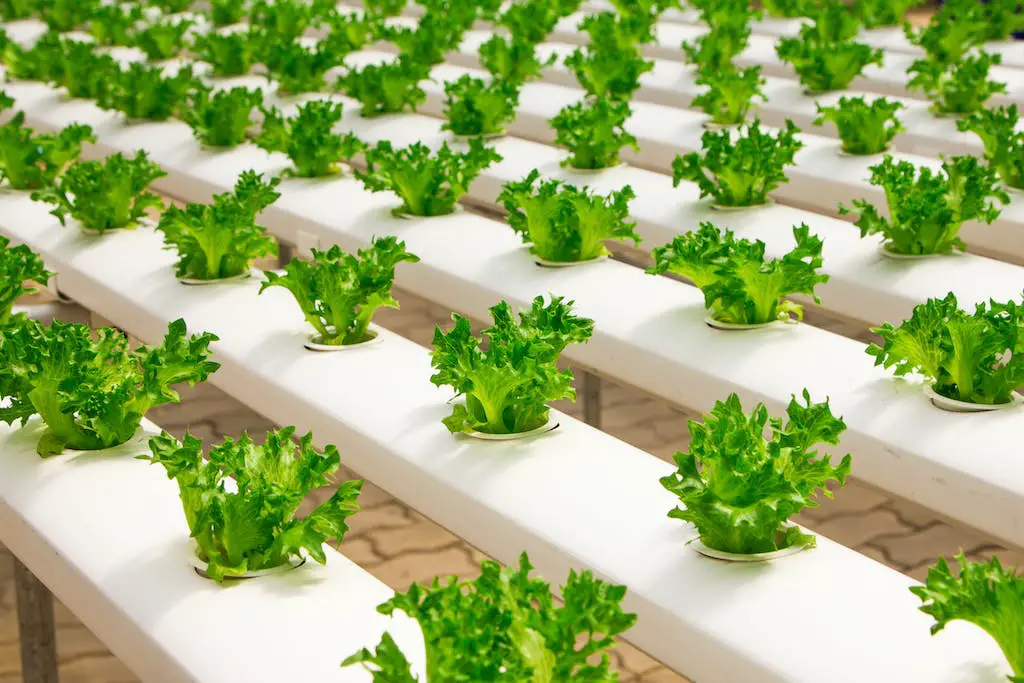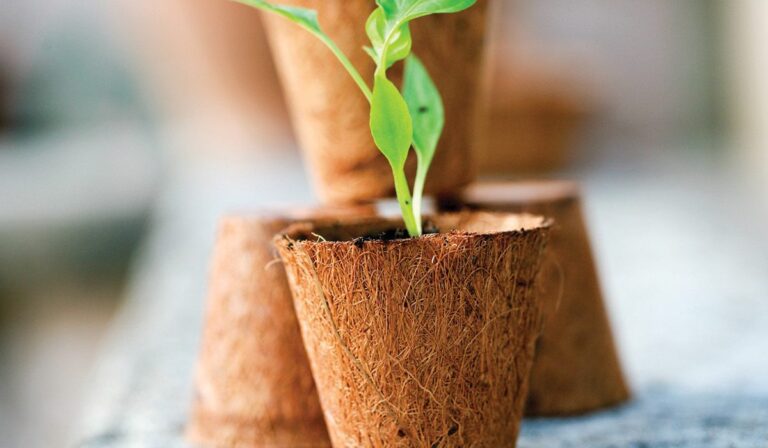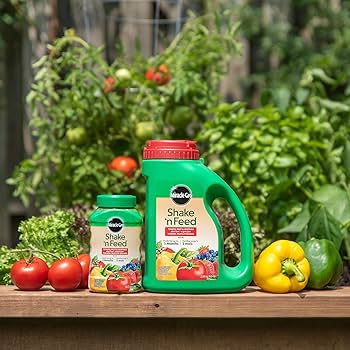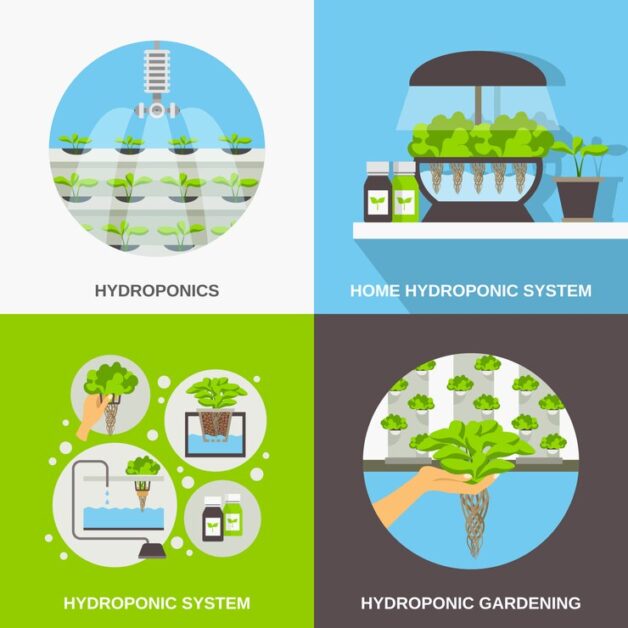Watering Schedule: How Often to Water Seedlings in Rockwool Hydroponics
Table of Contents
Techniques for Properly Watering Seedlings in Rockwool Hydroponic Systems
Properly watering seedlings in a rockwool hydroponic system is essential for their healthy growth and development. Rockwool, a popular growing medium, provides excellent water retention and aeration, making it an ideal choice for hydroponic cultivation. However, it is crucial to understand the correct technique for watering seedlings in order to avoid overwatering or underwatering, both of which can have detrimental effects on plant health.
One important aspect to consider is the watering frequency. While it may be tempting to water seedlings frequently, it is crucial to strike a balance to ensure optimal growth. Overwatering can lead to oxygen deprivation in the root zone, resulting in root rot and the proliferation of harmful pathogens. On the other hand, underwatering can cause stress to the plants, stunting their growth and making them more susceptible to pests and diseases.

To determine the ideal watering frequency for your rockwool seedlings, it is important to consider factors such as the stage of growth, ambient temperature, and humidity levels. Younger seedlings generally require less water as their root systems are still developing. However, as they mature, their water demands increase. Monitoring the moisture levels in the rockwool and observing the plants for signs of stress, such as wilting or drooping, can help you gauge when it is time to water. Additionally, maintaining an appropriate level of humidity in the grow area can also impact watering needs, as higher humidity may reduce water loss through evaporation.
In the next section, we will delve deeper into techniques for proper watering in rockwool hydroponic systems, including how to assess moisture levels accurately and the best methods for application. Implementing these techniques will help ensure that your seedlings receive the right amount of water, promoting healthy growth and strong root development.
• Assessing moisture levels accurately: Before watering your rockwool seedlings, it is important to check the moisture levels in the growing medium. One effective method is to gently squeeze a small portion of the rockwool between your fingers. If it feels moist and water drips out, there is sufficient moisture. However, if it feels dry or crumbly, it is time to water.
• Applying water evenly: When watering seedlings in rockwool hydroponic systems, it is crucial to distribute the water evenly throughout the growing medium. This can be achieved by using a watering can with a fine nozzle or a spray bottle. Avoid pouring large amounts of water directly onto one spot as this may lead to oversaturation and uneven distribution.
• Providing adequate drainage: While rockwool has excellent water retention properties, ensuring proper drainage is essential for preventing excess moisture buildup and potential root rot. Make sure that your hydroponic system has appropriate drainage holes or channels to allow excess water to flow out easily.
• Adjusting pH and nutrient levels: Water used for irrigation should have an optimal pH level (around 5.5-6) suitable for nutrient absorption by plants grown in rockwool hydroponic systems. Additionally, regularly monitor and adjust nutrient solution concentrations according to plant growth stages and specific crop requirements.
• Monitoring plant response: Pay close attention to how your seedlings respond after each watering session. Healthy plants will exhibit vibrant growth with upright leaves while stressed plants may show signs such as wilting or yellowing foliage. By observing these indicators closely, you can make necessary adjustments in watering frequency or volume accordingly.
By following these techniques for properly watering seedlings in rockwool hydroponic systems, you can ensure that your plants receive adequate hydration without risking their overall health and development.
Certainly! Here are the techniques for properly watering seedlings in Rockwool hydroponic systems, presented in a table format:
| Step | Description |
|---|---|
| 1 | Soak Your Rockwool: Before inserting germinated seeds or clones, soak the Rockwool in water with a pH level of 5.5 for 3-5 hours. This helps neutralize its higher pH (around 8) . |
| 2 | Insert Seeds and Cover Them Up: Place two seeds in the Rockwool cubes and cover them gently. |
| 3 | Provide Adequate Humidity: Place the cubes in a tray and cover them with a humidity dome. Maintain a temperature of 70–80 degrees Fahrenheit . |
| 4 | Water Sparingly or Mist: Once seeds sprout, remove the plugs from under the dome and place them under growing lights. Water sparingly or mist them with a water bottle . |
| 5 | Trim Back Smaller Seedlings: When a dominant seedling emerges, trim back the smaller one to prevent competition . |
| 6 | Optional: Add Vermiculite: Consider adding vermiculite for additional moisture retention . |
| 7 | Move to Main Hydroponic System: Once seedlings are established, transfer them to your main hydroponic setup . |
Remember that Rockwool is an excellent growing medium due to its efficient water transfer and moisture retention properties. Happy hydroponic gardening!
Understanding the Relationship Between Watering Frequency and Nut
Proper watering is a crucial aspect of maintaining healthy seedlings in rockwool hydroponic systems. Understanding the relationship between watering frequency and nutrient availability is essential for achieving optimal growth and yields. By providing the right amount of water at the right time, gardeners can ensure that their plants receive the necessary nutrients for thriving.
One important consideration when determining watering frequency is the stage of growth of the seedlings. Younger seedlings require more frequent watering as they have smaller root systems that cannot tap into large reserves of water and nutrients. As the seedlings mature and develop stronger roots, watering frequency can be reduced, allowing the roots to seek out water and nutrients in the rockwool medium. This gradual reduction in watering frequency helps promote root growth and prevents overwatering, which can lead to waterlogged roots and oxygen deprivation.
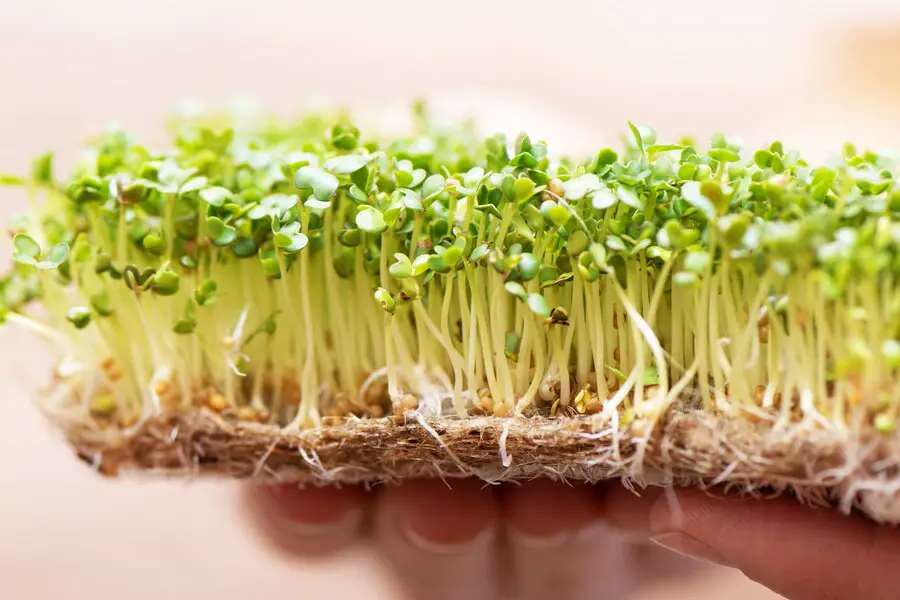
It is also crucial to note that the nutrient solution’s concentration and composition can impact watering frequency. High nutrient concentrations can inhibit water uptake by plants and increase the risk of nutrient buildup in the growing medium. Consequently, it is essential to strike a balance between nutrient availability and watering frequency to ensure optimum plant health. By closely monitoring the water needs of seedlings and adjusting nutrient levels accordingly, gardeners can support healthy growth and prevent nutrient imbalances.
In summary, understanding the relationship between watering frequency and nutrient availability is key to successful rockwool hydroponic gardening. By considering the stage of growth of the seedlings and adjusting watering accordingly, as well as monitoring and adjusting nutrient concentrations, gardeners can provide their plants with the optimal conditions for growth and development. Through careful observation and experimentation, growers can fine-tune their watering practices to cultivate thriving seedlings and achieve impressive hydroponic harvests.
• Proper watering is essential for maintaining healthy seedlings in rockwool hydroponic systems.
• Understanding the relationship between watering frequency and nutrient availability is crucial for optimal growth and yields.
• Younger seedlings require more frequent watering due to their smaller root systems.
• Gradually reducing watering frequency as seedlings mature promotes root growth and prevents overwatering.
• The concentration and composition of the nutrient solution can impact watering frequency.
• Striking a balance between nutrient availability and watering frequency is important for plant health.
• Monitoring water needs and adjusting nutrient levels accordingly supports healthy growth.
• Successful rockwool hydroponic gardening requires understanding the relationship between watering frequency and nutrient availability.
Please watch this video!
How often should I water seedlings in a rockwool hydroponic system?
The watering frequency for seedlings in a rockwool hydroponic system depends on various factors such as temperature, humidity, and the stage of plant growth. Generally, it is recommended to water seedlings in rockwool every 2-3 hours to ensure optimal moisture levels.
Can overwatering seedlings in a rockwool hydroponic system be harmful?
Yes, overwatering seedlings in a rockwool hydroponic system can lead to oxygen deprivation in the root zone, causing root rot and stunted growth. It is important to maintain a balance and not exceed the necessary watering frequency.
Should I adjust the watering frequency as the plants grow in a rockwool hydroponic system?
Yes, as the plants grow, their water requirements increase. It is advisable to gradually increase the watering frequency to meet the growing plants’ needs. Monitor the moisture levels and adjust accordingly.
Can the type of nutrients used affect the watering frequency in a rockwool hydroponic system?
Absolutely, different nutrient solutions may have different water retention properties. Some may require more frequent watering, while others may allow for longer intervals between watering sessions. It is essential to follow the specific instructions provided with the nutrient solution you are using.
Are there any signs to look for that indicate the need for more frequent watering in a rockwool hydroponic system?
Yes, some signs include wilting or drooping leaves, dry rockwool cubes, and a decrease in overall plant growth. These indicators suggest that the plants may require more frequent watering to maintain optimal hydration levels.
How can I ensure the right amount of water is provided during each watering session in a rockwool hydroponic system?
Measuring the moisture content of the rockwool cubes using a moisture meter or physically checking the weight of the cubes can help determine the appropriate amount of water needed. Aim to keep the rockwool evenly moist without causing waterlogging.
Can the ambient temperature affect the watering frequency in a rockwool hydroponic system?
Yes, higher temperatures can increase the rate of evaporation, leading to faster drying of the rockwool. In such cases, it may be necessary to water seedlings more frequently to prevent dehydration.
Is it possible to automate the watering process in a rockwool hydroponic system?
Yes, automated systems such as drip irrigation or timed watering systems can be used to ensure consistent and controlled watering in a rockwool hydroponic system. These systems can be programmed to water the seedlings at specific intervals and for precise durations.

Nicole Burke is a dynamic writer at SouthElMonteHydroponics, fueled by her passion for horticulture and environmental sustainability. Armed with a degree in Environmental Science from a renowned institution, Nicole’s expertise lies in hydroponic gardening, organic farming, and biodiversity conservation. Her insatiable curiosity and love for nature drive her to explore innovative techniques in hydroponics, seeking to revolutionize the way we grow crops in urban environments. Nicole’s writing reflects her deep commitment to promoting eco-conscious practices and fostering a deeper connection between humans and the natural world. Through her engaging storytelling, she inspires others to embrace sustainable living and harness the power of hydroponics for a greener future.



